Many people are repeatedly asking how tight climbing shoes should be for those professional athletes climbing and for making their activity simpler and easier.
If you’ve ever worn a pair of climbing shoes, you’ll realize that they feel pretty different from your ordinary street shoes. As performance orientated footwear, climbing shoes might demand a different fit than most other kinds of shoe.
It’s possible that they’ll feel tighter, have a form that’s all their own, and be more rigid in the heel and toe, but how tight must climbing shoes be, and is there a condition as shoes that are too tight?
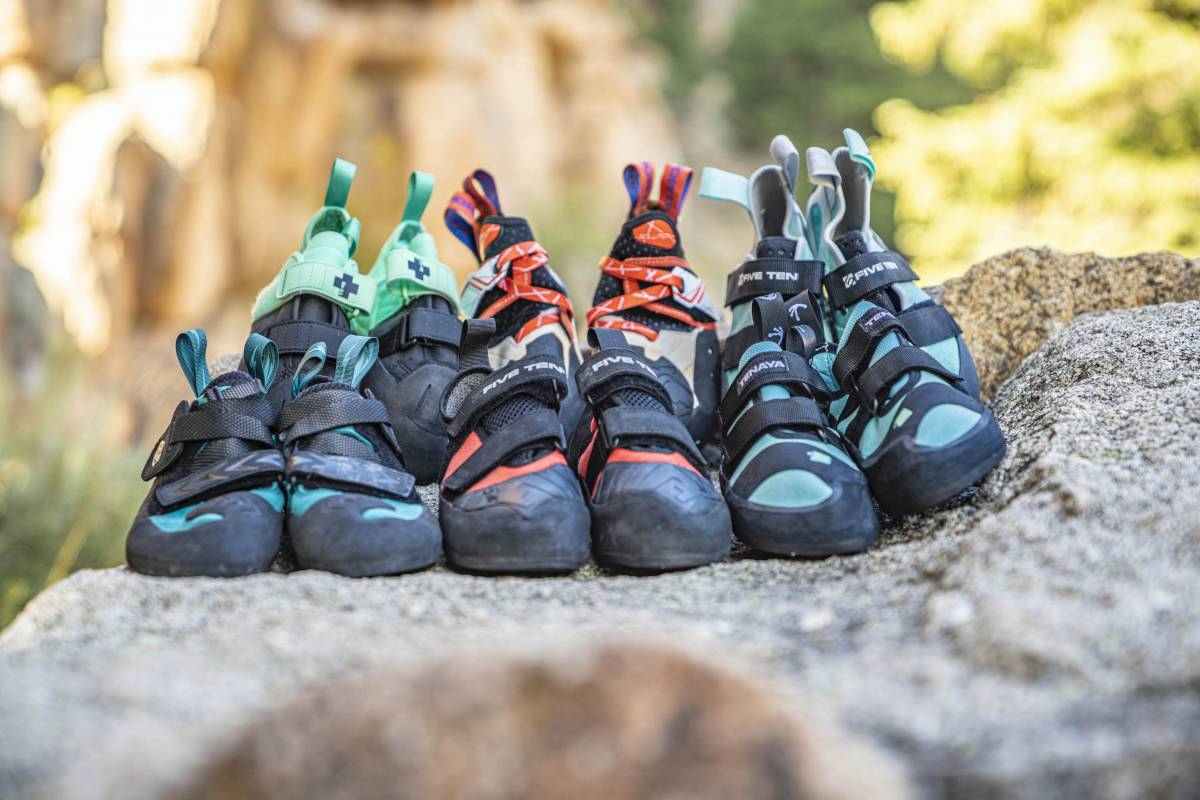
To put it simply, absolutely! Climbing shoes are often designed to have a snugger fit than conventional shoes, thus the standard recommendation is to purchase a size or two smaller than your typical shoe size.
However, this does not imply that your shoes should be uncomfortable to wear in any way.
Putting too much stress on your big toe, heel, fingers or the side of your shoes not only create for an uncomfortable climbing experience, but might also hinder your ability on the wall.
HOW TIGHT IS TOO TIGHT?
Although it is probable that you will want to choose a shoe that fits snugly in order to get maximum sensitivity, it may be in your best interest to steer clear of shoes that are so snug that they cause toe bruises.
The shoe that you are able to wear is almost always going to be the greatest shoe.
When determining how tightly your climbing shoes should be on your feet, there are a few essential factors that you will want to pay attention to, including the material that they are made of, the kind of climbing that you will be doing, and the length of time that you will be climbing it for.
Because of these variations, the required snugness of your shoe may need to be adjusted significantly.
CLIMBING SHOES MATERIALS AND DESIGN
The overall fit of a climbing shoe is affected both by the materials that are used and the design of the shoe. You should pay attention to whether the uppers are made of leather or a synthetic material, and if they are lined or unlined.
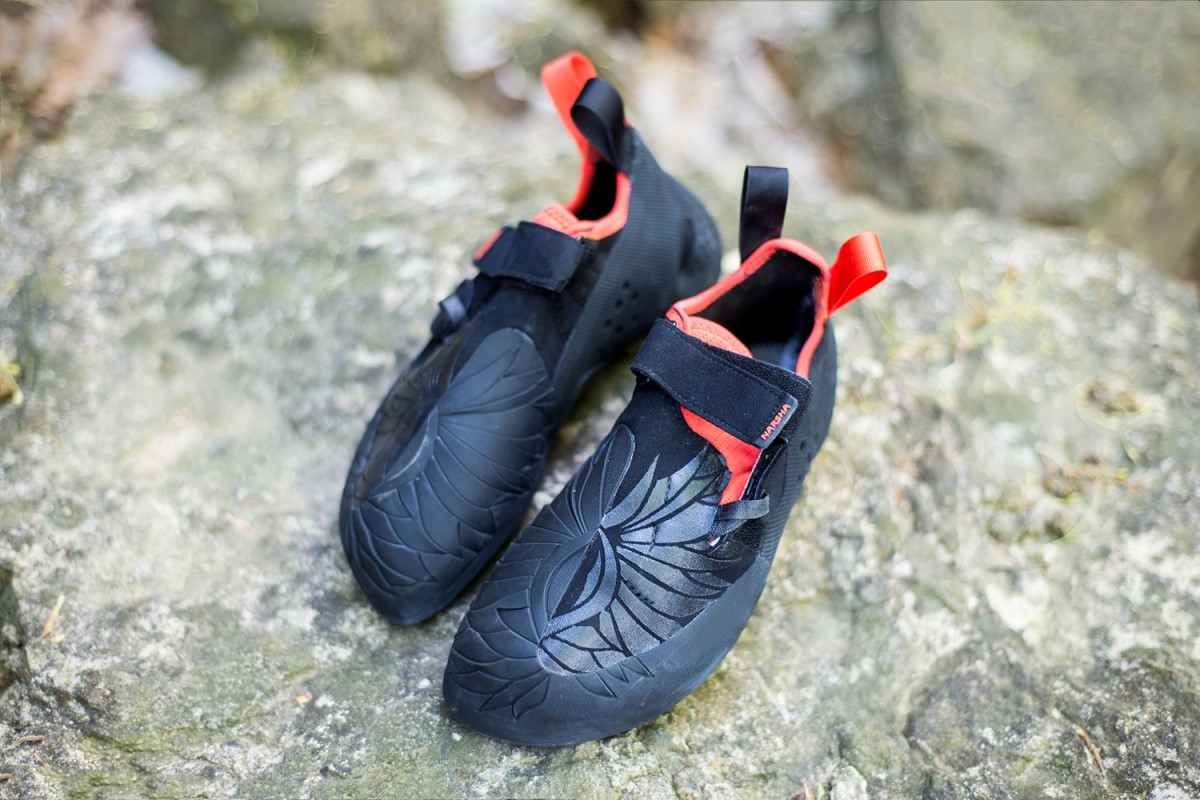
Because leather uppers and liners tend to stretch more than their synthetic equivalents do, it is crucial to keep in mind that the fit of leather shoes will become more forgiving when they have been worn in.
When a shoe is lined, it means that the inside is covered with fabric, which serves to assist the shoe maintain its form. To a similar extent, the higher the percentage of rubber a shoe has, the better it will hold its form.
THE TYPE OF CLIMBING THAT IS USED AND THE ANTICIPATED DURATION OF USE
The kind of climbing that you will be doing will also have an effect on the type of fit that you should try to achieve with your climbing shoes.
Bouldering and sport climbing are two types of climbing that may be very difficult and demanding, and as a result, need a shoe with a more aggressive and downturned shape.
This is because both types of climbing require a tighter fit in order to facilitate forceful movements and sophisticated footwork.
In most cases, boulder problems and climbing routes are solved in a shorter amount of time. Boulderers and sport climbers may have the benefit of being able to remove their shoes between tries, which makes it easier to prioritize performance above other considerations.
For disciplines or long, multi-pitch courses, a shoe that is more wearable and with a downturn that is less forceful may be the best option.
All-day shoes almost often have a moderate or flat profile, which makes them suitable for prolonged use in situations in which taking a break from one’s footwear is not an option.
It’s possible that crack climbing then off climbs will call for an additional strategy shift. When jamming, shoes that are very aggressive or have a downturned toe may not function well; thus, a shoe that is flatter and more maneuverable may be better.
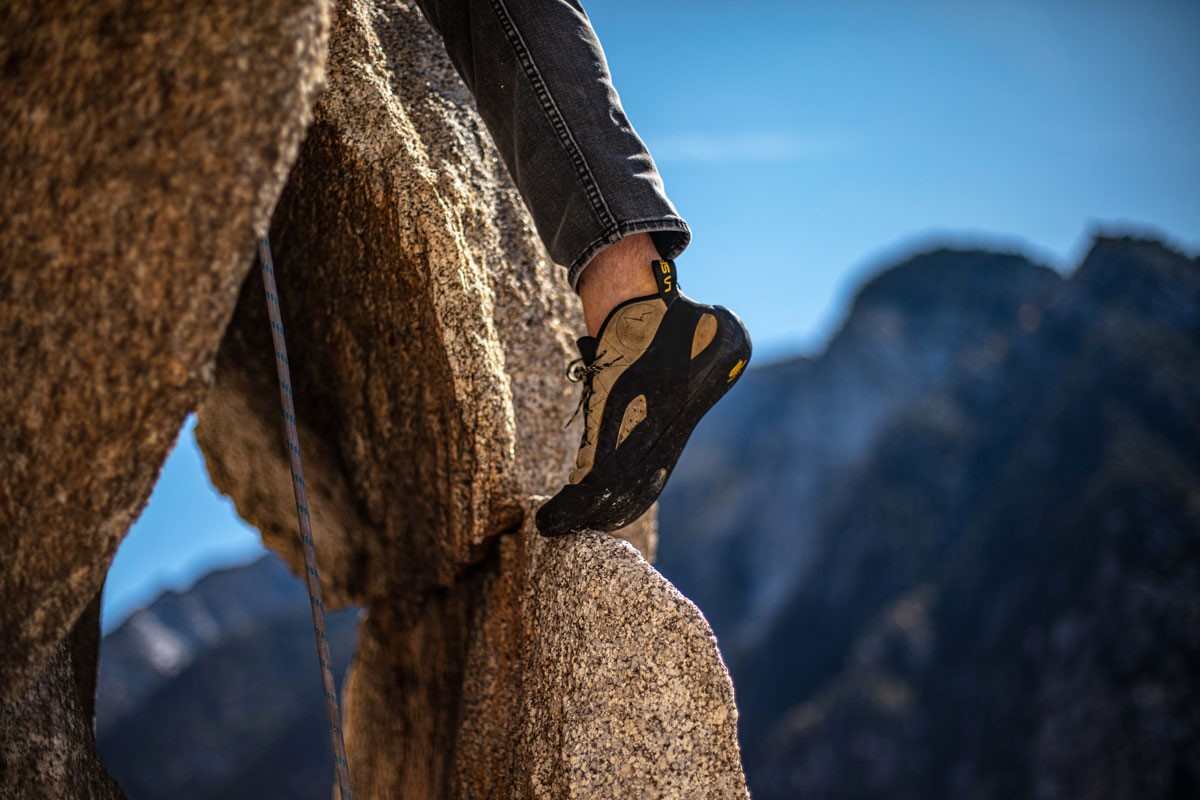
OUR OVERALL SIZING AND FITTING ADVICE:
- Climbing shoes ought to be snug around the toes but not to the point where they are unbearably unpleasant. Your toes should feel somewhat squeezed in the rubber toe box, but the compression should not be so severe that it causes discomfort. This will ensure that you are able to trust your foot placements and that you will feel safe within the shoe.
- The heel of the shoe shouldn’t have any wiggle space and should fit snugly on your foot. Because of this, you will be able to heel hook successfully without having to worry about removing your shoe.
- You should also stay away from shoes that put too much pressure on your Achilles tendon and cause discomfort.
- It is important to keep in mind that climbing shoes will often expand as you break them in. Because of this, your ability to determine whether or not the shoes are a good fit in the beginning may be affected. The rate of stretch will be different for each material because of their unique properties.
- The correct fit and level of tightness for climbing shoes will be different for each individual, but if your shoe is excruciatingly unpleasant or very difficult to get on your foot, you definitely need a size larger than what you now have.
In the end, various types of climbing and different types of terrain demand for varied shoe fits.
The easiest method to find out for sure is to try on a few different pairs of shoes before making a purchase, keeping in mind the performance standards that your footwear must be able to fulfill.
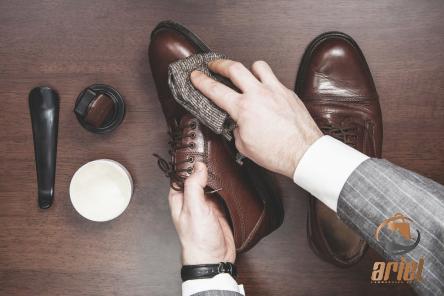




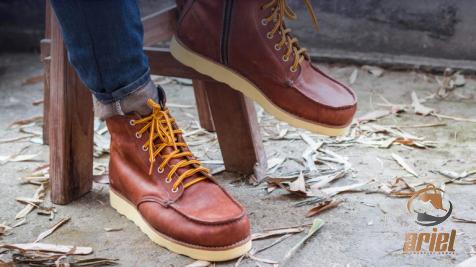


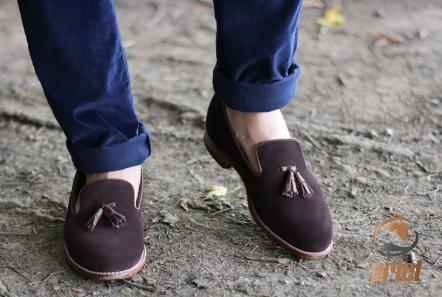

Your comment submitted.